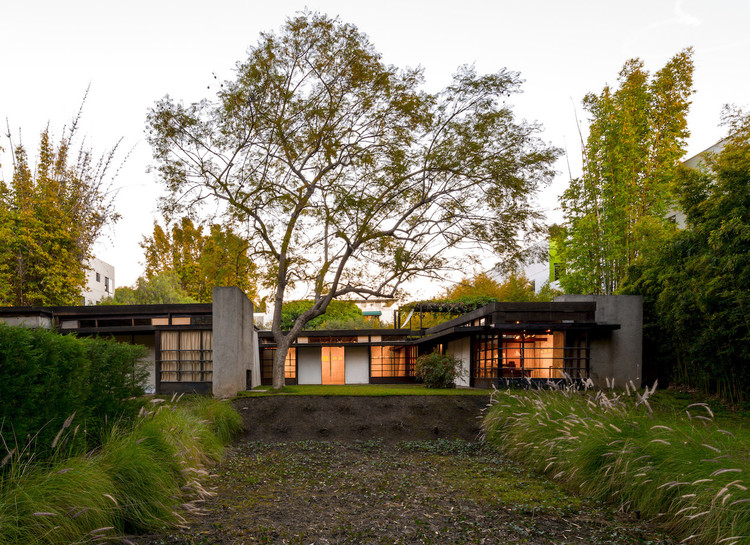
Secluded behind a screen of tall bamboo shoots in West Hollywood, Los Angeles, the Kings Road House may be considered the first home ever built in the Modernist style.[1] Designed by Rudolf Schindler in 1921, the architect’s use of tilt-slab concrete construction (highly innovative at the time) and an informal studio layout, set it apart from its contemporaries; indeed, the design would set the tone for other Modernist residential design for decades.


















